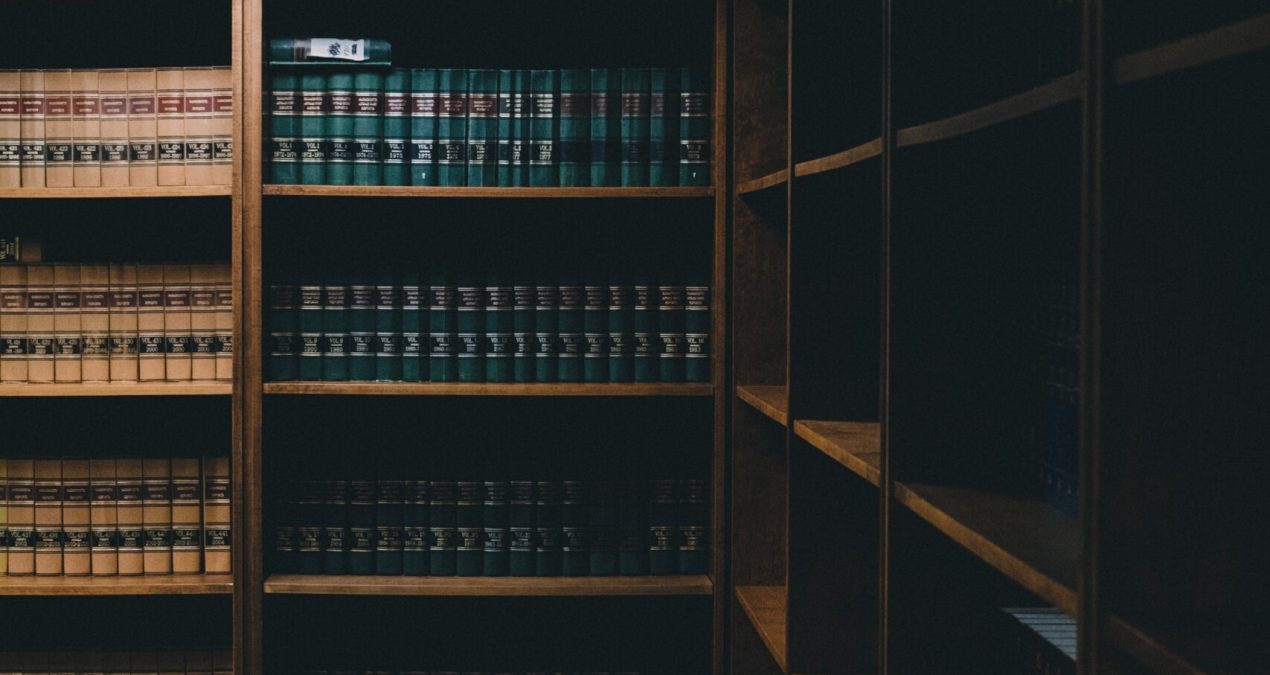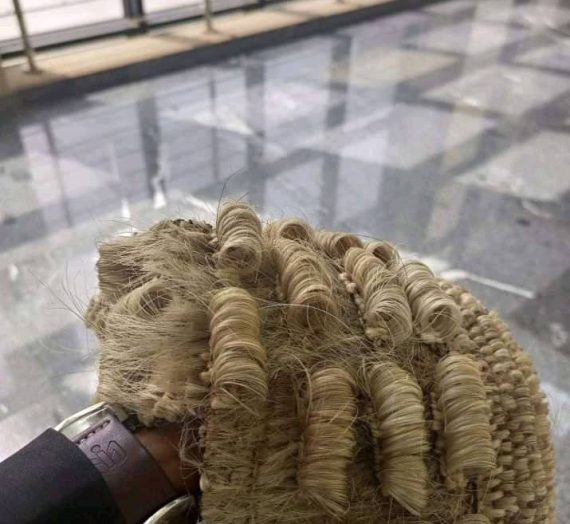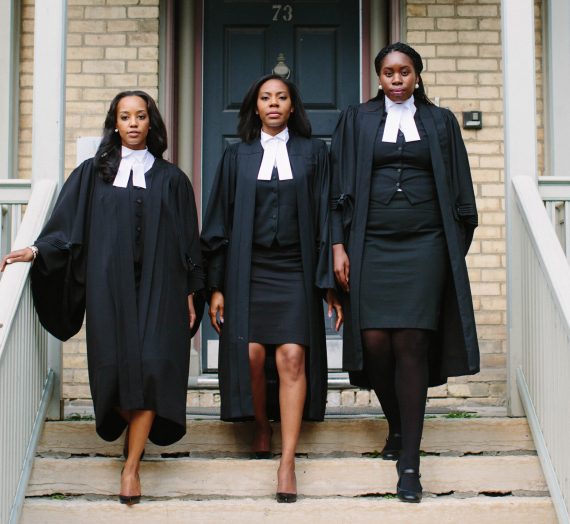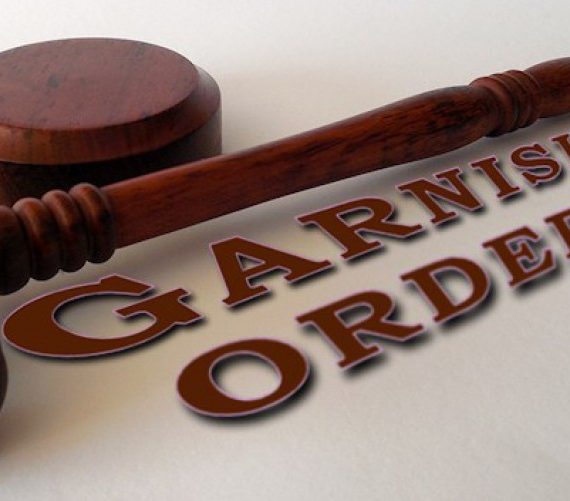Welcome to part 2 of this discourse on preparing final written addresses. We ended Part 1 at the point where it became a 12-minute read. Now we hope that didn’t end up boring – do you think it did?
Not to worry. In this part, we will try throwing in some anecdotes, tales and maybe a little bit of sarcasm (now popularly called vawluence) to ensure you don’t dose off while reading. And even if you dose, well, we tried. Lol.
Our fingers are crossed but we hope your fingers are ready to jot and learn. That said; let’s dive right in.
So where were we in Part 1?
In part 1 we mentioned your ultimate to do list. You can refresh your memory about it here. We also mentioned the first step to preparing your final address which is – reading the record of proceedings. If you have read your record of proceedings like we suggested, then we can proceed to the next step.
So, after reading the record of proceedings; –
2. Frame the entire story/case into a central legal question or the key legal questions (or legal issues) that the Court will be called upon to decide;
After reading the record, the question that should bog your mind as a starter to the actual writing of your address is – what are the core legal questions or issues the Court is called upon to determine in this case. In other words – from a mesh of the facts and the applicable law; why are we in Court at all and wetin suppose comot?
We know that ‘wetin suppose comot’ will likely never enter your final address. But hope you get the point we are trying so hard to get across.
Better still, let’s analyze the point this way, the entire suit has been a long story with a main plot subsisting between the parties. A says he knows B. He drags B to court and says B has wronged him. So, the court should grant his (that is A’s) reliefs. B says he knows A but either says an entirely different story and says A is the one that as actually even wronged him. And so, he won’t keep his cool any longer – then he counterclaims against A. Or B justifies his actions towards A or just admits he’s done bad like A said.
As the litigation lawyer on either side, you’re in a sense really assisting A or B tell or present his story to the Court and prove it with credible evidence. Mind you, you’re not expected to tell the story yourself – unless you’re a witness in the matter. The relevant principle to keep in mind here is that a lawyer’s address no matter how eloquent cannot take the place of evidence especially where there is no evidence to support the submission. On this point, see the case of U.B.N. PLC vs AYODARE & SONS (NIG) LTD (2007) LPELR-3391 SC. So, attempting to give evidence for A or B in your final address isn’t a strategy known to law. That means like we said before; you’re stuck with the record..
In effect, the story is the starting point and you can liken it to a house with a foundation. In law, we have a big word for that foundation – we call it the pleadings. Then the block work on top of the story (or foundation) is the evidence (currently situated in the witness depositions as used in our High Courts).
Why have we called the pleadings the foundation and the evidence it’s blockwork? It’s simple. The blockwork must rest on the foundation or else, there’d be problems. The legal principles that confirm what we have just said are two-fold – pleadings unsupported by evidence go to no issue and evidence that is at variance with pleadings also go to no issue – ADUGBO v. IBE (2018) LPELR-46138.
Now let’s rewind to the story as the starting point and the framing of legal questions from the story.
Remember that A and B’s beautiful stories, are not told because it’s a tale by moonlight series and the Judge is paid to just listen to other people’s life troubles. No. A has come with his story because he wants justice or respite from the law. He feels he has a reason for the law to hear his story (aka a cause of action) and remedy the injury he has suffered . After all, Ubi jus ibi remedium.
So the story is really a means to an end. And A desires that end while B is likely to be contesting it. Within that story are the legal issues or questions.
So how do we frame the legal issues?
Let’s not complicate nothing. It’s simple.
Remember how to answer problem questions at the university and the IRAC rule? We’re back at that stubborn point.
In the IRAC mnemonic, the letter “I” stood for “Issues” right? Indeed, we are back there again.
So, if we are to attempt offering a description, the legal issues are the core legal questions which when answered would determine if our Mr. A should get any relief from the Court. We’ve used legal questions to define legal issues. We just noticed. Haha.
The crux is this, in all the stories told by either side, there is a point at which the law comes in and makes either of the stories worthy of compensation (relief) or absolute disregard. Generally, the core legal issue in civil matters would be whether the Claimant has proved his case and is thus entitled to judgement in his favor (or the grant of his reliefs). In criminal matters, the core legal issue usually would be; whether the Prosecution has proved the guilt of the Defendant as required by law? We only state this as the core legal issues since the main gist of the trials (both civil and criminal) would usually center on these points.
We’d use the IRAC rule again when we get to the meat of our gist (in Part 3). But for now, please read the record and then formulate your issues.
3. Sleep – After reading the record and framing the issues. It might be wise to sleep. Not in the office, but on the story, the evidence adduced and the legal effects of same. This brings us back to some very crucial areas in the whole case. We’d suggest a holistic sleeping on or review (if you will) of the case or story as contained in the record. It will help you develop a mental framework of how you want to argue the issues raised (remember item 4 of your ultimate to do list?) Some questions that can guide your consideration or sleep mode are listed below. We’ve called them sleep capsules. Take 2 in the morning and 2 at night while standing on one leg. Okay?
Sleep capsule 1: Are there any jurisdictional issues in the case that shoot Mr A’s claim to death no matter how probable the claim might seem? These issues could include –
- The Court before which the action has been brought is not the Court established and mandated by Law to entertain such actions. If this is the situation, does the Court have power to transfer the suit? Or the Court can only strike it out.
- Non-compliance with Section 98 of the Sherriff and Civil Processes Act – ; Izeze v INEC and Ors (2018) LPELR 44284 SC. We should mention, that in the course of your research you would also find the stream of authorities to the effect that non-compliance with Section 97 of the Act is a mere irregularity. It is also noteworthy that the Court of Appeal has held that the NICN is not bound by the provisions of Section 97, 98 and 99 the Sheriff and Civil Processes Act. See this – https://www.nicn.gov.ng/view-judgment/1696 and this https://www.pressreader.com/nigeria/thisday/20190108/281685435984648
- Lack of service of the suit’s processes as prescribed by the relevant law – Otobaimere v. Akporehe
- Signing of the writ by a Law firm instead of a legal practitioner – Okafor v Nweke [2007] 10 NWLR (Pt. 1043) 521,
- Failure to sign the writ,
- The case is caught up by Statute of Limitation (i.e. statute bar), – on this point, the case of Sifax v Migfo Ltd is noteworthy.
- The principle of res judicata
- Failure to comply with a condition precedent to instituting the action
- Failure to sue the proper party(ies) And Suing A Non-Juristic Person; On Suing Proper Parties See – Cotecna International Limited V. Churchgate Nigeria Limited & Anor (2010) LPELR-897(SC),
- Absence of locus standi – Union Bank V. Estate Of Late Clement Ogeh (2018) LPELR-46701(CA)
Sleep Capsule 2: Considering the core legal issue in the case/suit, how did the adverse party go about his long trip to getting favorable judgment. In other words, review the case of the adverse party for its weak points or your sweet spots. We’d mention a few questions to support your deliberations on this point.
- Who bears the burden of proof in this case? This question is most important.
- What was the applicable Law(s) to this case and did the Claimant prosecute this case with proper reference to it? – See the case of SPDC v Minister of Petroleum Resources and 2 Ors NICN decision
- Are there any specific requirements or ingredients the adverse party was expected to prove or failed to prove? A vital example comes to bear at this point. It is this – in libel cases, the law now requires a Claimant to provide third party testimony of the effect of the defamatory statement on him.
- What facts were pleaded? What do the pleadings when put together say? In other words – what implications do they lead to? In deliberating on this point, it is important to note the rules of pleadings. For the Claimant, some matters are to be specifically pleaded if not he may not be able to rely on them. For the Defendant, a bare or general denial may spell more doom than expected. This is because a general denial has been held to amount to an admission – see the following cases; First Bank of Nigeria Vs. T.S.A. Industries Ltd (2007) All FWLR (Pt. 352) 1719, 1734, DORKUBO & ORS v. UDOH & ANOR. For both parties, it is trite and established that pleadings do not constitute evidence and therefore when a pleading is not supported by evidence – whether oral or documentary, it is deemed abandoned by the Court. Hence such a pleading goes to no issue and by the long line of authorities, such a pleading is to be disregarded by the Court as the Court has no business in considering it[1].
- What evidence was presented to the Court for the adverse party? Does the evidence presented have probative value? Was the evidence at variance with the pleadings? This might be the meat and grind of your deliberations. Before the deliberation at this point of writing the address, we suggest that there should have been initial deliberations when fashioning out the strategy intended for the case. The initial deliberations would or should have considered a myriad of issues (which we will sufficiently exemplify in part 3). Also, we will admit that this ‘sleep capsule two’ looks identical to the previous dossier of questions we suggested to you in part 1 of this article. There’s just no way to avoid the questions – so please bear with us.
4. Pick Brains, not beans:
By picking brains, we mean ask questions. You might have to discuss the suit or your proposed arguments with fellow colleagues. But we should mention that such discussions in deserving instances should have due regard to the attorney-client privilege you have with the Client.
5. Research, take notes and…research
To our minds, research is the soul of legal writing. It unearths the unknown and clarifies the mysterious. We know it can be a tasking affair but certainly it is one the Lawyer cannot avoid or bypass. In the course of researching on the legal questions raised, it might be wise to research on ancillary issues that could tilt the decision of the Court in one’s favor. For a Defendant – a jurisdictional issue could greatly tip the scales of justice. This is not to suggest that jurisdictional issues can be raised in all suits. No, not at all. In most cases, Claimant’s counsel is careful enough to sign the writ of summons, endorse for service outside jurisdiction in compliance with the Sheriff and Civil Processes Act and sue a juristic person.
We draw the curtain here. In the next Part, we will deal with the meat of the address. So please get ready to chew the law and facts of your next case with us.
If you have any questions or want to make any further and better suggestions, please shoot us an email – lawgicallyspeakingng7@gmail.com, 08128926652 (Whatsapp or text).
Written by Nkobowo Frederick LLB, BL
Further Case Law Suggestions
On the burden of proof borne by the Claimant in civil cases – Hadyer Trading Manufacturing Limited & Anor v. Tropical Commercial Bank (2013) LPELR-20294(CA) Pp. 53-56, Paras. C-G, Darma & Ors v. Mustapha (2014) LPELR-23734(CA).
On Lawyer’s address not being evidence – Mains Ventures Ltd v. Petroplast Ind. Ltd (2000) 4 NWLR (pt.651) 151 at 166,
On the relationship between pleadings and evidence; In ADESANYA VS. OTUEWU (1993) 1 NWLR (PT. 270) 414, their Lordships of the Apex Court held that: “Once a party abandons his pleadings, it is not the business of the Court to look for evidence from the other party so as to base a case on facts which the plaintiff does not plead and cannot rely upon. Judgment is given in respect of material facts pleaded and proved at the trial. The parties as well as the Court cannot go outside the pleadings. The Court is therefore bound to adjudicate on the issues arising from the pleadings. Where therefore evidence led is not based on the facts pleaded such evidence goes to no issue. EMEGOKWE VS. OKADIGBO (1993) NSCC P. 220.”
[1] ADEKUNLE v ROCKVIEW HOTEL LTD. [2004] 1 NWLR [Pt. 853] 161 @ 178 at 179, BUHARI v OBASANJO [2005] 13 NWLR [Pt. 941] 1 SC; ITO v EKPE [2000] 2 SC 98; MAKINDE v AKINWALE [2000] 1 SC 89; ADELEKE v IYANDA [2001] 13 NWLR [Pt. 729] 1 SC; ADENIRAN v ALAO [2001] 18 NWLR [Pt. 745] 361 SC; ETOWA ENANG & ORS vs E.I ADU (1981)1 NSCC 453 at 459 lines 15-20, NEWBREED ORGANISATION LTD. VS J.E ERHIOMOSELE (2006) 5 NWLR (PART 974) 499; EZEANAH VS ALHAJI ATTAH (2004) 2 SCNJ 200 at 235; (2004) 7 NWLR (PART 873) 468: IFETA VS SPDC NIG.LTD. (2006) 8Â NWLR (PART 983) 585; WOLUCHEM VS GUDI (1981) 5 SC 291; BASHEER VS. SAME (1992) 4 NWLR (PART 236) 491; UWEGBA VS ATTORNEY GENERAL, BENDEL STATE (1986) 1Â NWLR (PART 16) 303; ADEGBITE VS OGUNFAOLU (1990) 4 NWLR (PART 146) 578 at 590; AJUWON VS, AKANNI (1993) 9 NWLR (PART 316) 182; ELEGUSHI VS. OSENI (2005) 14 NWLR (PART 945) 348.



